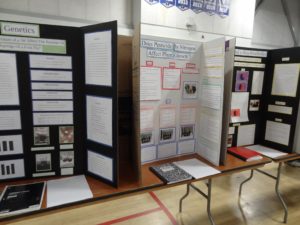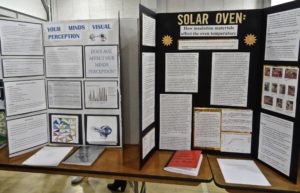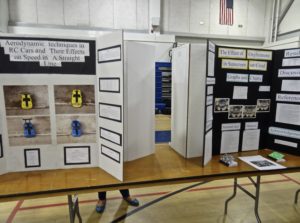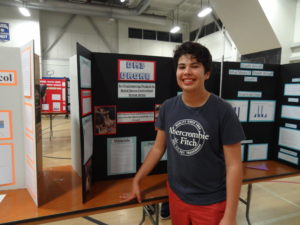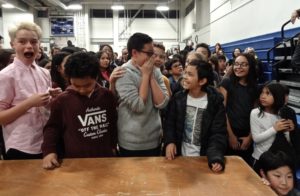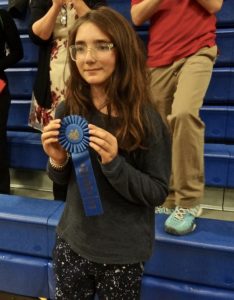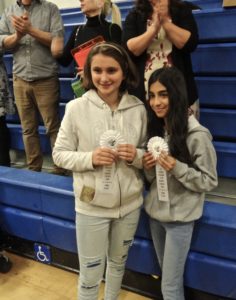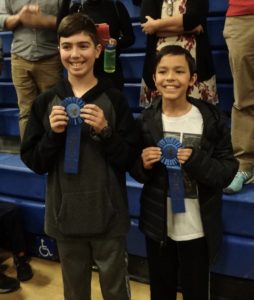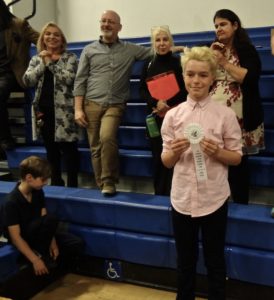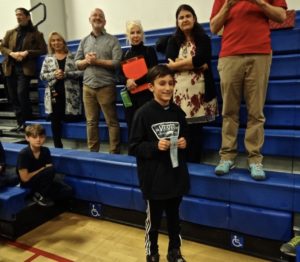
Let’s Leap!
By: John Lee and Payton Suh
The History of Leap Day
At first, the 355-day calendar was adapted by the Romans, and it worked fine for most purposes, but there was a dilemma. Yearly festivals were not occurring during their correct seasons. To solve this, a 22 or 23 day month was created every second year. Julius Caesar pondered on how to innovate on this concept, and so he added days to different months of the year to create the 365-day calendar. Caesar’s astronomer, Sosigenes, was the one who made the actual calculations to make this possible. Also, one day was to be added every fourth year following the 28th day of Februarius (February 29th), making every fourth year a leap year.
The Leap Day’s Astronomical Justification
This special day, February 29, was added to our calendar so that the calendar coincides with the Earth’s revolution around the sun. The earth spends 365.242 days to completely orbit around the sun. Calendars would be off about 24 days in 100 years had Leap Day not been implemented. Within the Gregorian calendar today, a Leap Day was added to the month of February within a year which is divisible by 400, allowing for additional accuracy within the anticipation of seasonal adjustments. This allows for the occurrence of Passover upon its proper date, as well as the correct placement of Easter, which is the first Sunday following the Paschal Moon.
Fun Facts about Leap Day
- One in five engaged couples in Greece will plan to avoid getting married in a leap year. They believe it is bad luck.
- People born on February 29 are called “leaplings” or “leapers”.
- More than 10,000 people worldwide are members of the Honor Society of Leap Year Babies. It is a club for people born on Feb. 29.
- Some astrologers believe that people born on February 29 have unusual talents.
- The only recorded person known to historians that have both been born and died on February 29 was Sir James Wilson (1812–1880).
- The chances of being born on leap day is 1 in 1500.
- Karin Henriksen of Norway gave birth to all three of her children on February 29 – a daughter in 1960 and two sons in 1964 and 1968.
- In Hong Kong, China, the legal birthday of a leapling is March 1 in common years, while in New Zealand it is February 28. If you timed it correctly, traveling from one of the countries to the other, you could technically enjoy the world’s longest birthday!
Happy Leap Day from the Science Academy News Flash!
Sources:
https://www.thoughtco.com/history-of-leap-year-1989846
https://www.gogreendrop.com/blog/making-the-most-out-of-leap-day/
Read More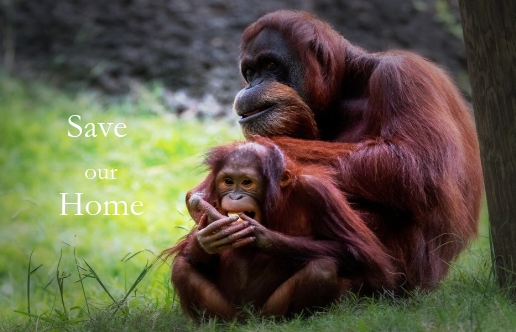
Fire Alert in Borneo
By Fredrick Ernst and Kenneth Lee
A catastrophe is occurring in Borneo: a large debate over the palm oil industry. This industry is the largest source of income for many of the residents of Borneo, a small island nation in the Malay Archipelago. Without this product, many locals would not be able to provide for themselves and their families. On the other hand, the environment of Borneo is being destroyed in order to make space for the production of palm oil. 75% percent of the island was previously covered by rainforests and lush vegetation, but roughly half of it was burnt and logged down for palm tree plantations. These two opposing needs are causing a major debate over what should be done in Borneo in order to stop this tragedy. What are the correct courses of action to take in this situation?
Fires are being caused by companies in order to make more room to plant palm trees for palm oil, which is greatly destroying the forests. Indonesia, Singapore and Malaysia have also been impacted by fires that have destroyed 3,311 square miles of rainforest. Palm trees produce vegetable oil, which is used in many household products. The orangutans, rhinos, elephants and other species of animals that call the rainforest their home are also being affected negatively. Government authorities are using airborne thermal cameras to locate where the fires are in order to open cases and lawsuits against companies engaging in illegal deforestation.
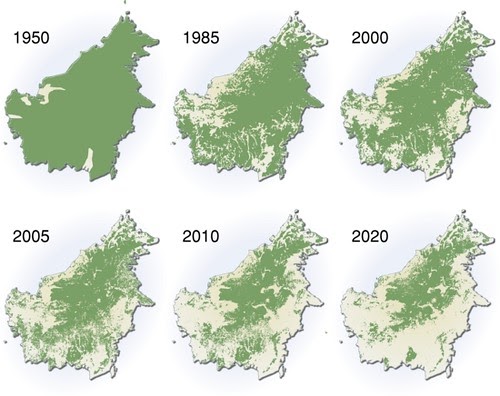
*Diagram above shows the remaining rain forest dwindling away
An alternative for palm oil is to use coffee grounds, locally grown oils, algae, fungi, and yeast. The first process involves extracting the oils in coffee grounds. This is done by mixing the coffee grounds with the solvent hexane and then cooking the mixture at 60°C for 1–2 hours to extract the oils. The hexane is evaporated to leave behind the oils. In the second step, methanol and a catalyst are added to create biodiesel. Glycerol, which is also created as a by-product, has to be separated from the biodiesel. A team of chemical engineers and environmental scientists from Lancaster University in the UK streamlined the process by eliminating the need for solvent-based oil extraction. They mixed coffee grounds with methane and a catalyst to make biodiesel directly. The key was to use the right concentration of sodium hydroxide and adjust the methane-to-oil ratio during production. The methods that industries are using to find alternatives to palm oil are helping to create more populations of endangered species such as orangutans and rhinos. In this way, the rain forests of Borneo can once again become plentiful and an overall ideal environment for different species of animals to sustain life on and repopulate.
Because of this action, we now know that we should avoid palm oil, not support palm oil companies, and use alternatives. To make certain you are not buying palm oil, always make sure to check the ingredients list. We should also help and support animals that were affected by the burning and logging of the trees. Palm oil should also be banned because it is killing animals and makes a huge impact on resources and the habitats.

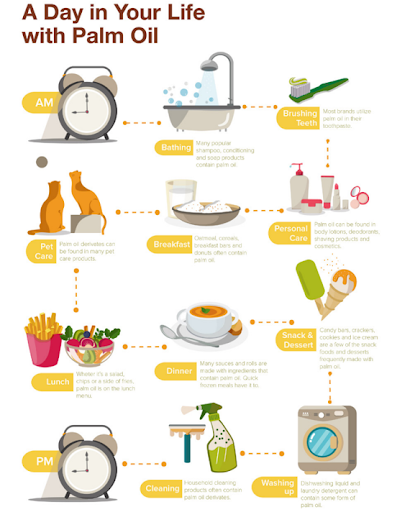
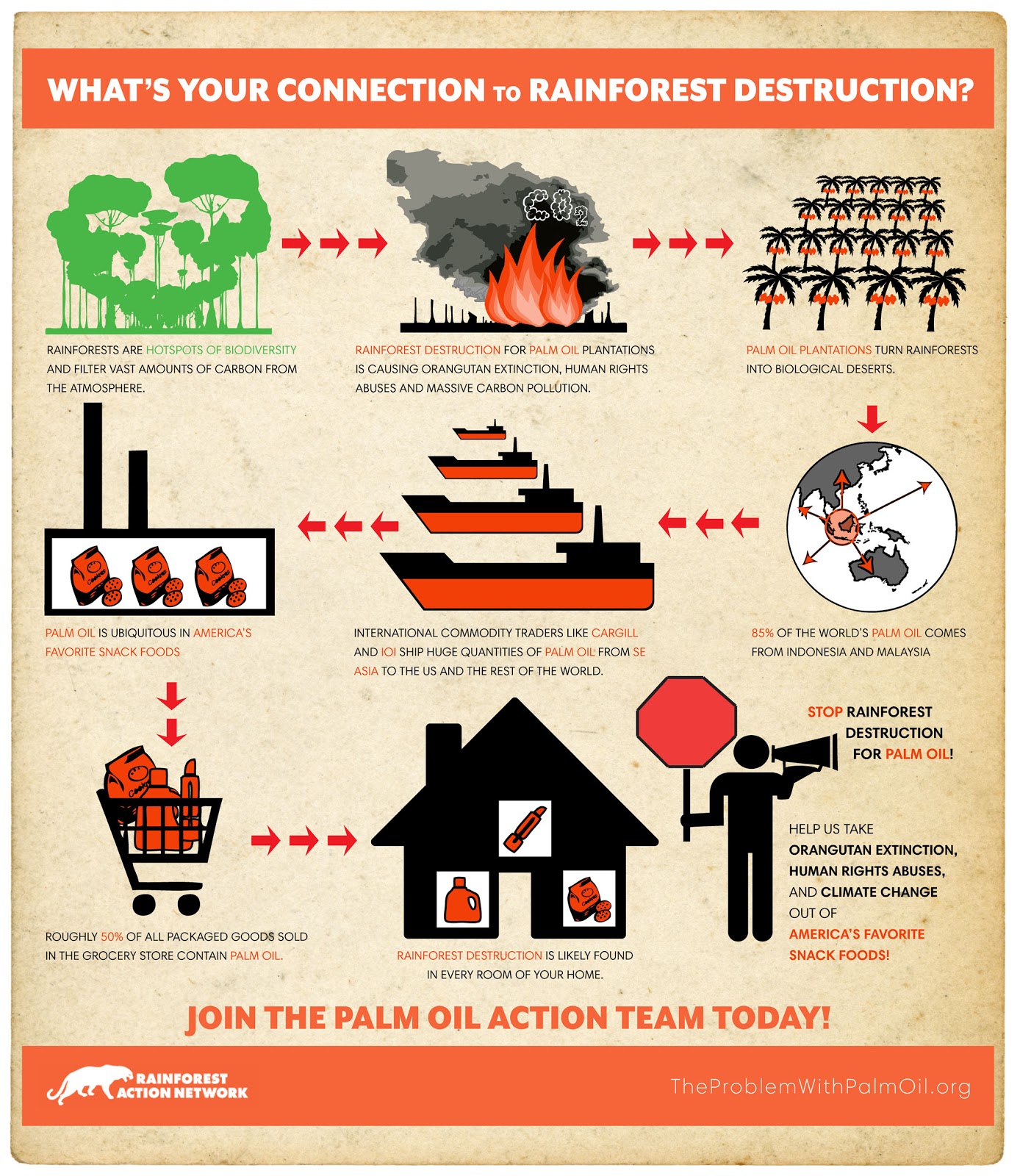


2020 Science Academy Science Fair Awards

By Milan Vuletic and Apollo Colligan
The History of the Science Fair
The Science Fair! Love it or hate it, the Science Fair is a tradition in most American elementary, middle, and high schools. The Science Fair originated back in 1942, when it was named the “The Science Talent Search” created by William Ritter and Edward Scripps. After this, the Science Fair grabbed the attention of other American schools. It was adapted as a project every year in order to help students learn about the scientific method and the process of discovery by researching, making hypotheses, and doing experiments on topics that interest them.
What is the Science Fair?
The Science Fair is an event that occurs every year in February or March in elementary, middle, and high schools all over the United States. Every student has to choose a topic to do research and write a report on. Students also have a choice to work with a partner on their project. At the end, the student(s) will have to present all their information on a tri-fold poster board. There are many key components to the science fair report. First, there has to be a creative title in order to catch people’s attention. Next, there will have to be an abstract to give a brief overview of the entire project. After that, there needs to be an introduction to tell the reader what you are doing in your project. The project also needs to include your research in the topic that you are working on. The research portion should also include the sources that you used and should be at least five paragraphs long. Of course, the results along with a graph should be included in order to show what actually happened. Multiple trials should also be presented on the graph. After the results, a discussion should also be included in order to explain why the student scientists thought the results turned out the way they did. The last part of the Science Fair is the acknowledgements and the references, which show who helped on the creating the Science Fair project and what sources were used in the research.
The Importance of the Science Fair
In the Science Academy, the Science Fair is a very important event that students spend over three months planning for. Before the school year even starts, students should have an idea of what they want to do for their Science Fair project. After they know what they want to do, they need to get approval from a teacher to be able to proceed with their project. Then by February, all of the students need to finish all the parts of the report and mount it on a poster board. After all of the students finish, everyone displays their boards in the gym for the judges to examine and choose the winners. In addition, the students are able to see everyone else’s hard work. The second night, the winners are announced to great fanfare – it is quite an honor to be chosen amongst such stellar work!
Science Fair Winners
In some schools, the Science Fair can be a competition of sorts. The judges will pick three of the best projects from each grade and the students who did these projects will receive a ribbon at the awards ceremony. The awards ceremony takes place on the night after the judging takes place. This year’s 6th grade winners were Jasper Mejia, Van Brunnel and Shai Lung, Angus Norden, and Galileo Crisman Caro. This year’s 7th grade winners were Mimi Rhee, Amy Vargas, and Ani Akchyan and Anna Simonyan. This year’s 8th grade winners were Max Norden, Thomas and Johanthan Kim and Daniel Bang, and Boheng Cao and Zyg Ramsey. The honorable mentions were Harrison Reisner, Julie Dupont, Olivia Kim, Elie Netzah, and Shai Haim.
We spoke to a few of the winners about their Science Fair projects to get more information about their experience. 7th grader Mimi Rhee did a project on creating a mechanical knee. The prototype of the knee has springs attached to the actual knee that change their length when the knee is at different angles. She was thinking of doing this project in order to help disabled people get around more easily. Another person we spoke to was Shai Lang who, along with his partner Van Brunell, created an ultrasonic glove for blind people. This glove has sensors that can detect objects in front of them and can notify the user of any obstacles that might be in the way. The last person we interviewed was Jasper Meija, who created a refrigerator to store insulin. This was intended to be used for diabetic people who rely upon insulin, which must be kept refrigerated. The refrigerator can be carried on the go and can also be used during power outages. At the end of it all, we wish that everyone could have won because everyone had such amazing project ideas, but the judges are only able to choose a few per grade level. Congratulations to everyone for all their hard work!
Read More
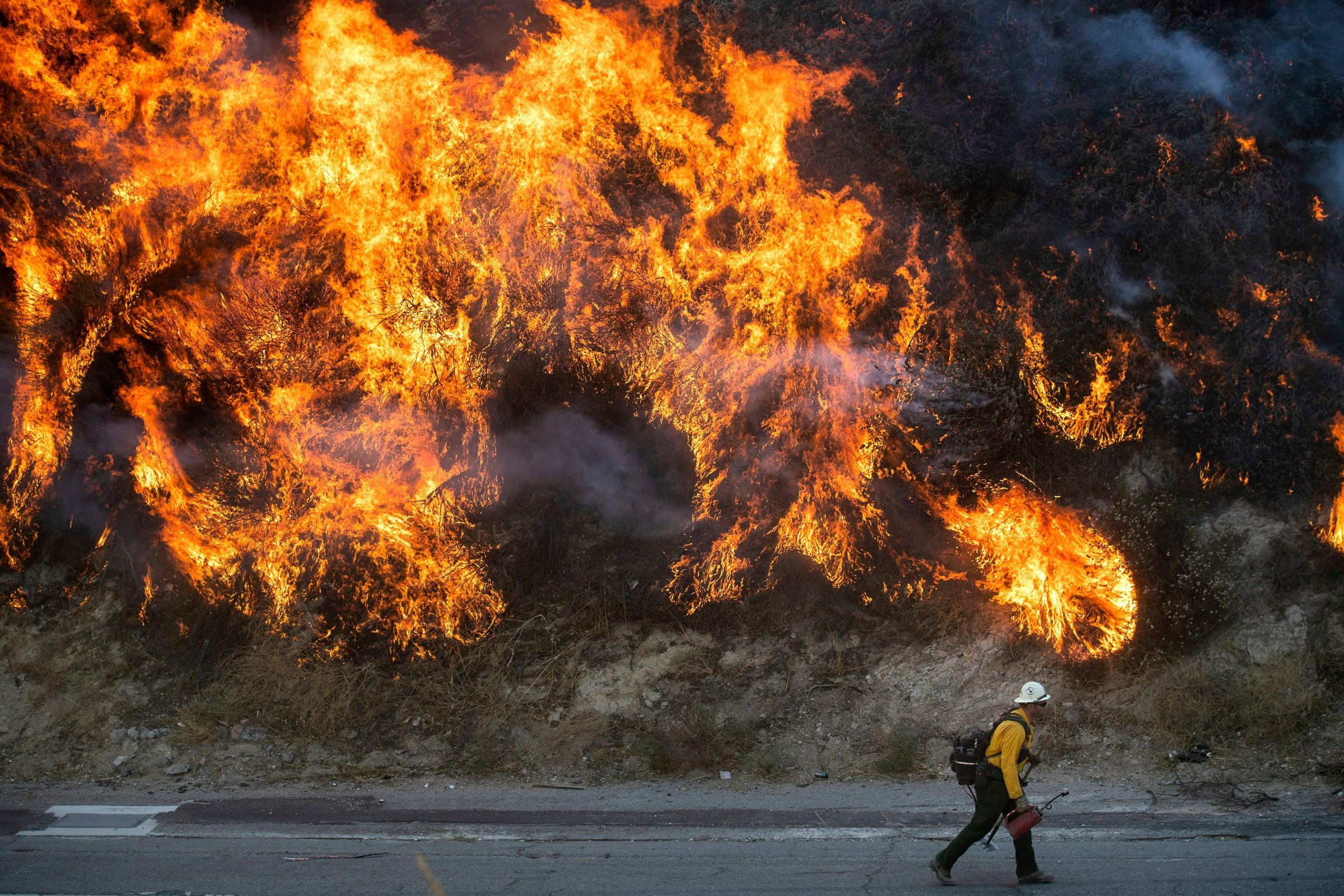
Natural Disasters From 2019 and How to Deal With Them
Image above: A firefighter walks near a backfire during the Saddleridge fire in Newhall, California on October 11, 2019. Josh Edelson/Getty Images
By: John Lee and Payton Suh
As we look back at 2019, we have seen many natural disasters. From hurricanes to fires, here are some of the most memorable natural disasters from 2019.
Kincade Fire-
The Kincade fire was reported on October 23 at 9:27 p.m. on the Sonoma County mountainside, about 80 miles north of San Francisco. Even though precautions had been made with power outages made by PG&E, which had difficulty keeping electric lines from igniting fires when winds, the fire still started. As Mercury News reported, PG&E later admitted that the fire could have been started by its own equipment. Californian Cal Fire agency said the fire was first reported close to the T – section joining Burned Mountain Road and Kincade Road, in Cloverdale. The fire started on private land that Calpine, a company known for being America’s largest electricity generating companies, used for geothermal energy operations.
Dry and windy weather in the beginning of the wildfire might have been what made the fire so destructive. Gusts peaked at 93 mph in the hills north of Healdsburg on Oct. 27. Because of this, the Kincade Fire quickly grew. Its growth doubled from the day before, with only 5% containment. During that Sunday, and even the day before, the fire forced nearly 180,000 people to flee their homes over the weekend as historic winds pushed the state’s largest utility to cut electricity for millions of people in an effort to prevent more spreading. Thankfully, the fire ended on September 7th, 2019. Altogether, the stats show that the fire burned 77, 758 acres, destroyed 374 buildings, and thankfully, led to the death of 0 people.
Saddleridge Fire-
The Saddleridge Fire started at around 9 in the morning on the north side of the 210 freeway. It was not too severe, but there was currently a windstorm gusting up to 60 mph. The fire blew over the intersection of 210 and 5 over to the south side, igniting more brush. Evacuations were ordered for the safety of the citizens living near the fire. The California Highway Patrol closed down both highways in both directions. Reports from those motorists say they were stuck in traffic for hours because of the fire.
Elsewhere, more troubles were brewing. Moreno Valley, Banning, Newberry Park, and the Kern County – LA County line were burning. Because of this, power lines had to be cut. The first batch of power cuts was with less than 5000 residents, but that number grew exponentially, and topped nearly 175,000. More than 23,000 homes were located in the required evacuation area, which extends to the Ventura County border. Several districts, including LAUSD, closed some schools, and residents fled to shelters to quickly fill several schools. Up to 50 miles per hour of burning coals were blown up, and fire authorities burned along the roof of Porter Ranch, about 10 miles from the fire site.
How to Deal With Fires-
- Get educated on how to use a fire extinguisher.
- Construct a disaster preparedness kit. Here are some basic things that should be inside the kits:
- Water – one gallon of water per person per day for at least three days, for drinking and sanitation.
- Food – at least a three-day supply of non-perishable food.
- Battery-powered or hand crank radio
- NOAA Weather Radio with tone alert.
- Create a family emergency communication plan.
- Collect contact information for your family and other important contacts.
- Make sure everyone carries a copy of this information with them.
- Have regular household meetings to review and practice your plan.
- When evacuating the building, be sure to feel doors for heat before opening them to be sure there is no fire danger on the other side.
- If there is smoke in the air, stay low to the ground, especially your head, to reduce inhalation exposure.
- If the building has elevators, avoid using them, use the stairs.
- Don’t spend extra time to recover valuables.
- Follow your family emergency communication plan.
- Get out of the structure (if you are currently in one) and call 911.
- Immediately evacuate and stay out of the distance of the fire.
Hurricane Dorian-
Hurricane Dorian was the first major hurricane in the 2019 Atlantic hurricane season. It started on August 24, 2019 as a tropical wave and rapidly strengthened, becoming a hurricane only 4 days later. On August 31, 2019, Dorian strengthened to become a category 4 hurricane. On September 1, it finally reached category 5 intensity, while reaching the Bahamas. It was considered the worst storm system to hit the Bahamas. It stopped for about a day just above the Grand Bahamas. At the beginning of September 6, Dorian picked up speed and clipped North Carolina.
How to Deal with Hurricanes-
- Get a radio to hear significant storm updates, directions, and info.
- Go inside and avoid all fragile materials. Stay in a safe area. (Ex. an inner room, closet or 1st floor restroom.)
- Stay within the protection of your residence until there is absolute certainty that the area is clear of storms. With high winds still approaching, the storm’s eye could make a short-term and misleading interval.
- Make sure the refrigerator is closed so the cold air is trapped and prevent spoilage of perishable food, if power is lost.
- Follow all the manufacturer’s instructions if you use a portable generator. Generators must be properly grounded to prevent electrical shock and should never be operated indoors, in garages, ebasements or outdoors near any windows, doors or vents. Make sure you have a working CO detector in your home, because generators produce carbon monoxide (CO).
Many natural disasters cover the earth, so it is essential to know what to do. With these tips you should be more prepared for fires and Hurricanes. We hope that these tips are useful. – John Lee and Payton Suh.
Hurricane Dorian at Category 5 intensity approaching the northwestern Bahamas early Sunday morning: (NOAA)
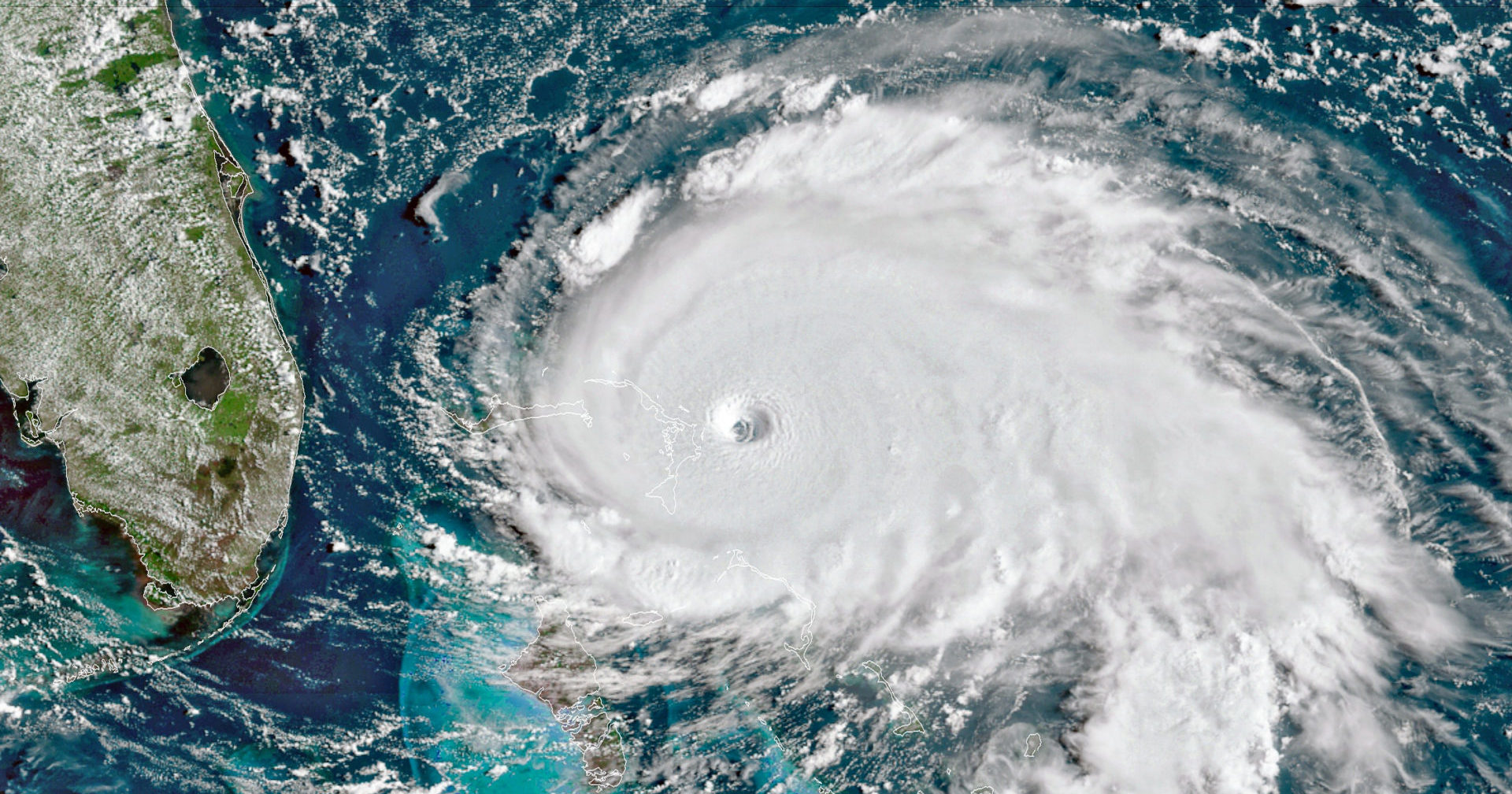
Sources:
https://www.weather.gov/mhx/Dorian2019
https://projects.sfchronicle.com/2019/kincade-fire-origin/
https://www.travelers.com/resources/weather/hurricanes/hurricane-survival-guide
https://www.nytimes.com/2019/10/11/us/saddleridge-fire-california-power-outage.html
Read More
Happy Presidents and Valentine’s Day!

We wish you all a happy Valentine’s Day and hope that you enjoy your three-day weekend!
Check out the Science Academy Newsflash today! New, interesting articles are released all of the time!
-The Journalism Team
Read More

